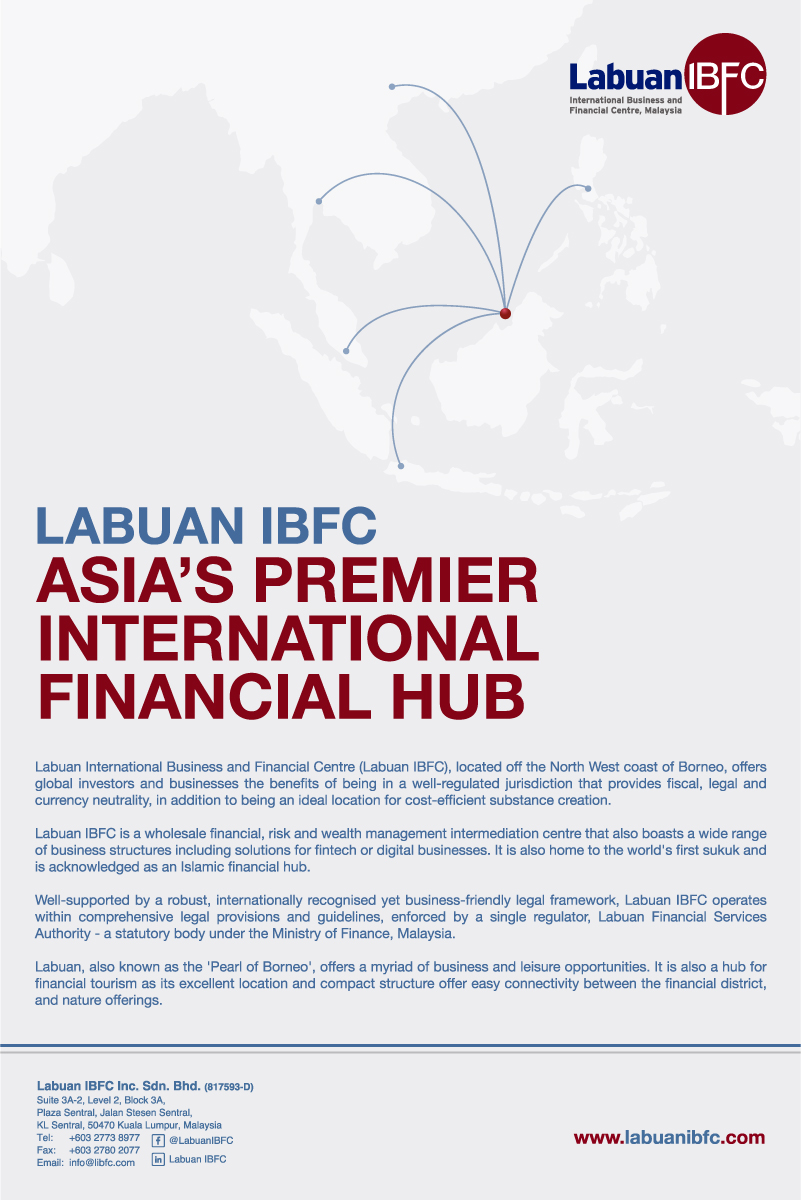How can parametric insurance be implemented with captives to provide appropriate coverage for weather, pandemic and other forms of non-damage business interruption?
In these times of heightened volatility, uncertainty, complexity and ambiguity, the need for alternative risk management tools has never been greater. As one of these innovative solutions, parametric insurance employs predetermined, verifiable and objective metrics to allow risks to be transferred or financed in non-traditional ways. Rather than indemnifying the actual losses sustained, as is traditional in an insurance policy, parametric insurance instead covers the probability of predefined event occurring, and pays out according to a predefined index-based trigger.
Ankush Bhardwaj, head of AXA Climate, Asia Pacific, explains: “The insurance cover in a parametric solution is triggered if the predefined parameters are reached. Such parameters are measured by an objective index and a pre-agreed payout is provided if the index threshold is reached, irrespective of the actual physical loss sustained.”
There are three fundamental elements of parametric insurance that are customised according to each organisation’s policy. This begins with determining the risks to be covered; similar to indemnity insurance, parametric solutions are aimed at mitigating specific external factors that could impact an organisation’s revenue or costs. Secondly, the parametric policy must decide the threshold level. This is the point at which the external factors begin to be detrimental to a company. The index value is generally informed by models based on historical data that demonstrate the economic impact of different event scenarios. The final tailor-made component of parametric insurance is the limit. This is the maximum payout that will be made to the company — it is important to note that for the policy to qualify as insurance, the limit must not exceed the company’s actual losses. Having this tailored coverage provides three key advantages to a company: certainty, as coverages are automatically triggered when data from objective third-party sources falls outside the pre-agreed threshold; speed, as the policy does not require a lengthy loss adjustment process; and cost efficiency, as claims managers, attorneys and other technical specialists are not required to assess the actual losses sustained.
The ability to be fully customised for an organisation’s specific exposures means that parametric solutions can be employed for a wide variety of coverages, such as man-made perils (cyber, terrorism, supply chain disruption), agriculture, weather and catastrophes (pandemic, flood, wildfire). This model makes parametric solutions attractive to provide coverage for risks likely to cause non-damage business interruption losses, such as pandemic risk. Leigh Hall, senior originator at Munich Re Markets, notes that more companies are seeking parametric structures for pandemic risk to provide quick access to liquidity to help address the costs or loss of revenue associated with an extreme event.
He explains: “An early-stage cash inflow can help the company to mitigate the impact of the pandemic, and we are seeing more calls for such ex-ante risk financing solutions. We see a lot of different requests and also a lot of activity around the set up of parametric managing general agents or start-ups, which drive the market. With more granular data available, it is also now easier to provide tailored triggers that were not available before.”
Bhardwaj adds that the risk profile in the insurance market today is increasingly informed by changes in weather patterns and heightened severity of weather-related events. This has created significant volatility within the market, resulting in increased rates and reduced capacity for risk transfer. “Organisations are therefore seeking alternative risk solutions provided by insurers that enable them to finance or transfer risk in a non-traditional way. Parametric insurance is one of the best solutions to these issues and provides certainty, speed and customer satisfaction,” Bhardwaj says.
Captives and parametrics
Alternative risk solutions designed to address these evolving risks could see business opportunities for captive insurance, which can be used in combination with parametric solutions to address protection gaps, reduce dispute risk and enable efficient indemnification of affected communities. Parametric solutions also allow companies to match insurer capital to current and emerging exposures through improved risk insights and resilience across key suppliers and third-parties, such as captives and index-linked parametric solutions. Parametric insurance programmes and catastrophe bonds can be utilised to supplement a captive-based programme by addressing a specific threat that may not be adequately covered by the reinsurance market.
Since captives are more sensitive to hardening market conditions, they are likely to continue to face pressure with traditional capacities. Therefore, Bhardwaj identifies that “captives have started to explore alternative risk transfer for natural catastrophe events, with parametric insurance emerging as the best option to deal with this volatility being brought by the hardening markets”.
He adds that because parametric insurance products do not have the same loss adjustment requirements as traditional indemnity insurance, payouts are quicker and more efficient, which reduces any cash flow strains for the captive.
Munich Re’s Hall affirms that parametric structures are ideally suited to the needs of captives in their ease of execution free from a traditionally arduous claims adjustment process. He notes that in the case of the COVID-19 pandemic, organisations required clarification and certainty on how their policy would respond in a possible future catastrophic outbreak.
“The transparency offered by a parametric structure can provide senior management with greater comfort on what they are buying,” Hall explains. “In a catastrophic event, senior management want to focus on running their business, rather than being absorbed by a long drawn-out loss adjustment exercise with loss adjusters.”
Another specific area where parametric insurance can be used with a captive to provide coverage is retained non-damage business interruption losses, as it is extremely difficult to find traditional insurance for this. A parametric policy is an effective way to manage this risk while freeing up capital reserves that may be set aside to cover losses, notes Hall.
Basis risk
The most significant challenge in providing parametric insurance is basis risk, explains AXA Climate’s Bhardwaj.
“Since the parametric cover by design is not an indemnity cover, the payouts are dependent on the pre-agreed parametric triggers which may result in a situation where the payouts are slightly different than the actual losses suffered on the insured’s side. This variation of the payout versus the actual loss is referred to as basis risk,” he says.
To alleviate the possibility of basis risk, Hall recommends that when implementing a parametric solution, a business should be particularly careful when selecting an observable measure or index.
He explains: “For example, a parametric agriculture contract that pays in case there is a certain amount of low rain days implies a drought condition. If not structured well along the risk profile of the client, there is a risk that there is not sufficiently low rainfall (i.e. the trigger is not met), despite the client still experiencing a drought loss on their yield. This is why we spend significant time with our clients designing and structuring parametric solutions to make sure this basis risk is minimised.”
Bhardwaj adds that basis risk has been somewhat minimised owing to recent modelling, data science and remote sensing techniques.
Another concerns in using a captive in combination with parametric insurance is that the risk needs to be passed onto the original insured, who generally wants full indemnification for the losses. Bhardwaj notes that this can also be mitigated through efficient capitalisation and technical advancements.
Moving forward
Looking to the future of parametric insurance, it appears inevitable that it will become an increasingly popular policy in light of the ever-growing frequency and severity of catastrophe events, as well as the continued hardening of the traditional market and the associated strain on capacities. Bhardwaj anticipates that the next few months are likely to see an evolution of parametric structures with solutions to the perils and assets that are underinsured or uninsured by traditional capacities. He adds: “We will also see the losses arising out of impact to sales or profit due to weather anomalies. Such exposures are not being covered under the traditional offerings. Climate science, data and technology will play a vital role in the transformation of this new-age risk transfer solution.”
Hall notes that the greater appetite for parametric structures will be enhanced by their inherent fast, simple and efficient features, as well as the ability to be more responsive to the risks faced by organisations in the ever-evolving modern world.”
“A corollary of this development is that it has made participation by the capital markets in the insurance sector more attractive, creating a much larger opportunity to scale up markets for innovative risk transfer solutions to address systemic risks,” he concludes.





